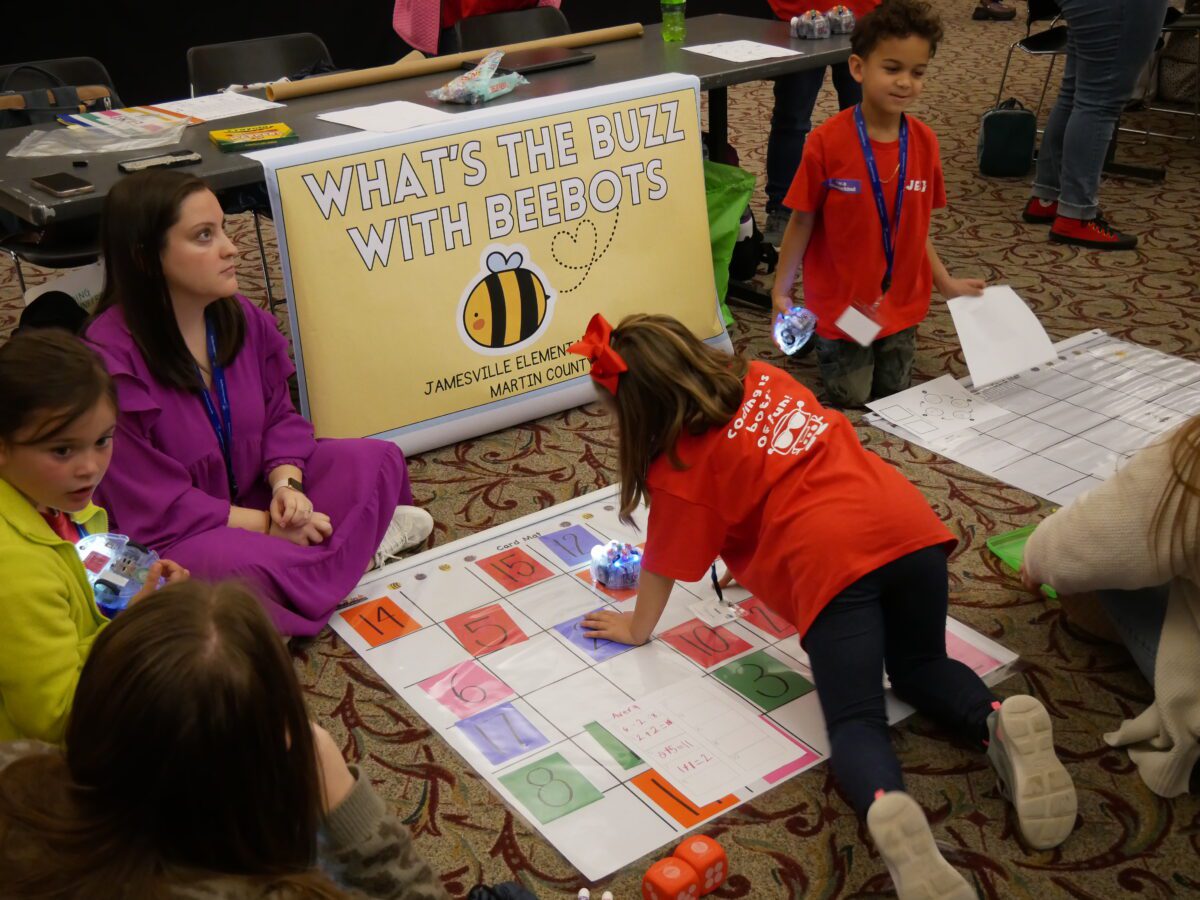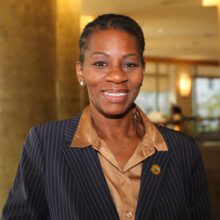
|
|
I’m relieved North Carolina students are making progress getting back to pre-pandemic achievement levels in math, the subject hardest hit when COVID upended education. But the truth is our kids are still not where they should be; too many are working well below grade level.
Our state has made important investments in math — from offering high-dosage tutoring and robust summer programs to building better data systems to monitor student progress. To move the needle on achievement further, we need to listen closely to what kids are saying.
I’m a member of the National Assessment Governing Board, which oversees the Nation’s Report Card. The report card, also known as the National Assessment of Educational Progress or NAEP, provides critical information on student achievement. What gets less attention, but is also vital, is NAEP survey data that sheds light on student experiences in school.
The most recent survey data had startling findings related to math that deserve our attention.
Confidence in math is waning
The data shows students are less confident about their ability to do math than in the past. A declining percentage of eighth-graders, for example, expressed confidence that they could solve a variety of math problems, including predicting the odds on a coin toss over time and calculating a tip.
The drop in confidence in math on the most recently administered survey is important because research shows self-confidence impacts student achievement in the subject.
One way I’ve seen teachers build student confidence in math is by leveraging student strengths. So instead of just looking at student learning gaps, which of course is important to understand, teachers also identify what students know and do well. They can then use that as a springboard for teaching and learning.
For example, in math instruction today it’s increasingly common to use a variety of representations to approach and solve problems. This can include concrete objects, hand-drawn models, and written expressions, encouraging students to use the method that best helps them understand the concept behind the math problem.
So when teaching fractions, you can use a concrete object such as a puzzle to demonstrate parts of a whole. Or you might use a model called a tape diagram, which is a rectangular drawing divided by equal parts, or the symbols and written expressions adults remember from school. But too often, we limit options when it comes to problem-solving methods, and that’s a mistake. In my experience, upper grade teachers don’t always know the models and strategies students are using in earlier grades related to student strengths. Educators can work across grades to understand what other teachers are doing and create cohesive practices across classrooms, especially as kids transition between elementary and middle school and middle and high school.
Students also feel confident when they see mathematics reflected in their everyday experiences. For example, I have braids and my stylist uses mathematics in her daily work. Concepts like geometric reasoning are used when determining how much hair to purchase based on the shape and surface area of my head. If I were teaching a math class that included girls with braids like mine, I might help students to see the mathematical thinking involved in that experience. That one small gesture can signal to students that they belong in class, which can do so much to improve confidence.
A purpose to learning
The latest NAEP survey data also shows that students are less likely today to say the math they’re learning will help them outside the classroom. That’s disappointing. Research overwhelmingly shows adding real-world context and connections improves student achievement.
There are plenty of ways to find those connections in math. For example, say you’re a teacher working on a lesson on statistics and probability. Well in North Carolina, we go mad for March Madness. Imagine how engaging it can be to create a lesson in which kids have to analyze data and make predictions about their favorite basketball teams based on that analysis.
Another approach I’ve seen work is to introduce short history lessons related to math. It’s particularly powerful when teachers do this in an inclusive way. For example, in a measurement lesson looking at precise calculations and estimates, consider how engaging it can be to share the story of Katherine Johnson and other Black female mathematicians at NASA — as seen in the movie “Hidden Figures”— who helped send astronauts safely to the moon.
When you connect learning to life in this way, it makes math more enjoyable and creates a purpose for learning.
Raising the rigor
The NAEP survey data also shows there is a steady decline in student interest in solving complex problems. It’s important we solve this, as the world outside of school is increasingly more complex and all kids need access to rigorous content.
One way I’ve seen kids open up to difficult math problems is by assigning them to work collaboratively. To do this, teachers have to create equitable opportunities for all students to contribute and learn, so they have to present tasks that are suited to groups and ensure all students are supported. Good math tasks include opportunities for students to think through a problem both independently and cooperatively and also allow for multiple approaches to solving problems.
For example, a teacher can ask students to plan a community garden. Initially, the teacher might engage kids in conversations about gardening to ensure there is shared background knowledge and integrate learning from other content areas. Then teachers might introduce the math by providing students with a fixed area for the garden that students then design with their own dimensions. To make the task as accessible and open-ended as possible, the teacher would allow students to create the garden using any number of linear sides. For example, the rectilinear shape below has an area of 15.
There are several different configurations students could create. Some might end up drawing a pictorial model like an area model, while others might use concrete items like snap cubes to create a 3-D model. Still, others might represent their thinking and solve the problem with numbers and letters, using algebraic representation. Afterwards, the students can come together and discuss the approaches they took to finding the dimensions.
Research shows student motivation in math class increases with collaboration and that the more students discuss their ideas with each other, the more they learn.
I’m glad we’re focused on getting kids back on track in math, but paying attention to declining achievement without paying attention to declining confidence and related trends won’t get the job done. Students are counting on us to look at them, and the problems they’re facing, holistically. By doing that — and improving our teaching and learning practices — we can improve math instruction and math outcomes for all students.

